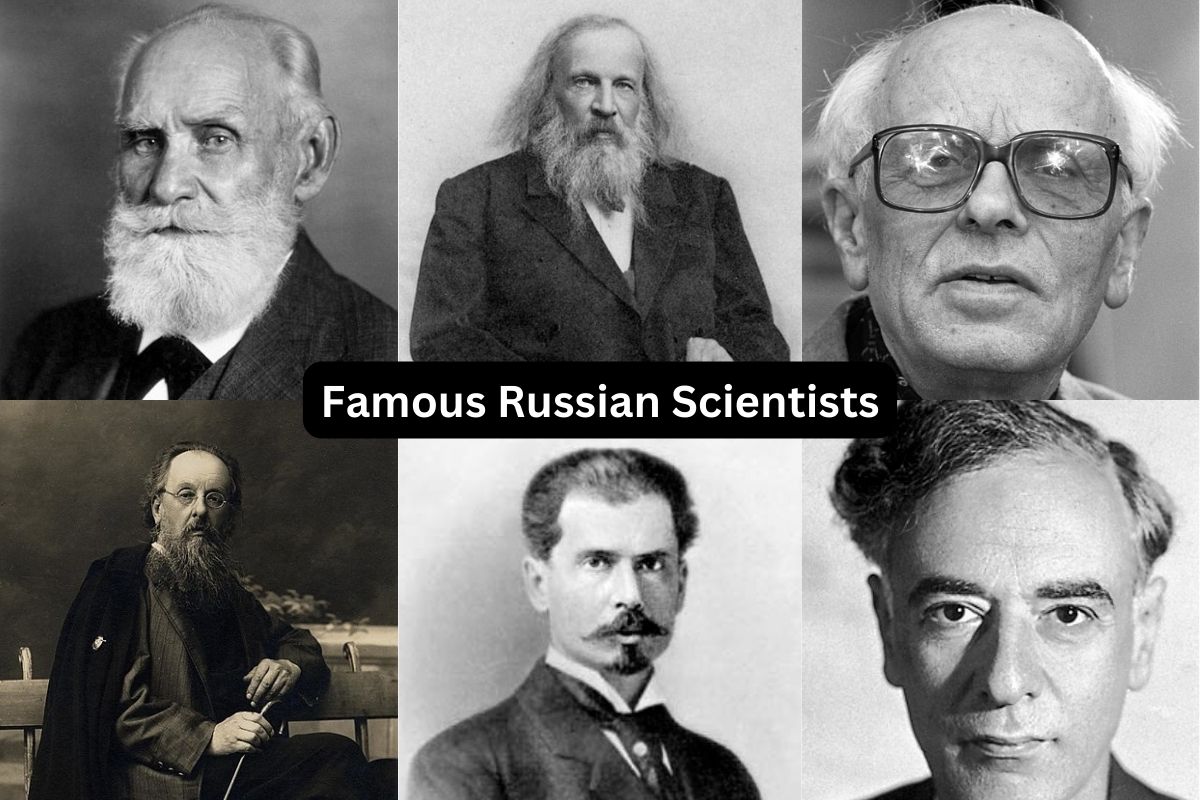In the annals of scientific history, Russia has produced a plethora of brilliant minds whose contributions have left an indelible mark on various fields.
From the innovative work of Dmitri Mendeleev in chemistry to the pioneering studies of Ivan Pavlov in psychology, and the groundbreaking insights of scientists like:
- Sergei Winogradsky
- Aleksandr Lodygin
- Georgy Gause
- Sofia Kovalevskaya
- Nikolai Lobachevsky
Russian scientists have played a pivotal role in advancing human knowledge and pushing the boundaries of scientific exploration.
In this article, we delve into the remarkable achievements and lasting legacies of some of the most famous Russian scientists, each of whom has left an enduring impact on their respective disciplines and continues to inspire generations of scientists around the world.
Famous Russian Scientists
1. Dmitri Mendeleev (1834-1907)
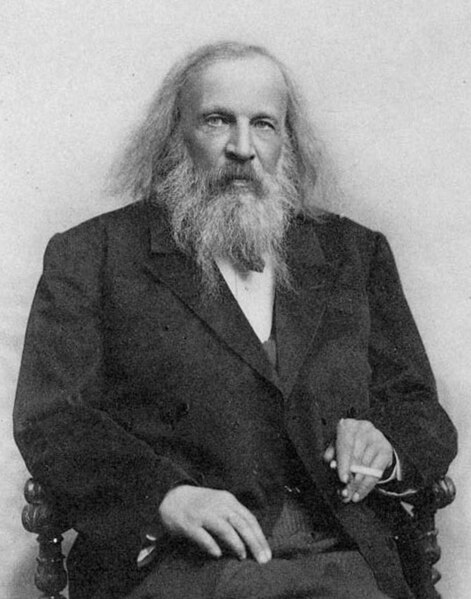
Dmitri Mendeleev is best known for creating the Periodic Table of Elements in 1869. His periodic table organized the known chemical elements into a systematic framework based on their atomic weights and properties.
Mendeleev’s genius lay in his ability to predict the existence and properties of yet-to-be-discovered elements based on the periodic patterns he observed. This predictive power of the periodic table was one of its most significant contributions to science.
Also Read: Famous Female Scientists
Mendeleev’s periodic table provided a structured way to understand and study the elements, leading to the discovery of new elements and a better understanding of chemical reactions and the periodicity of elemental properties. His work laid the foundation for modern chemistry and the periodic table that is still used today.
2. Ivan Pavlov (1849-1936)
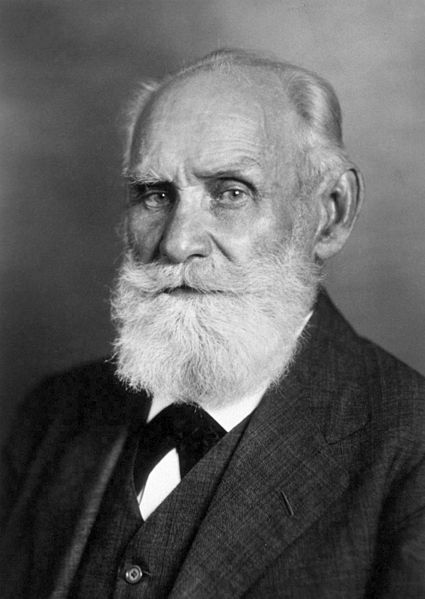
Ivan Pavlov was a Russian physiologist and psychologist, famous for his pioneering work in classical conditioning. He conducted extensive experiments with dogs to study the process of learning through association.
He observed that dogs could be conditioned to associate a neutral stimulus (like the ringing of a bell) with an unconditioned stimulus (such as food), leading them to exhibit a conditioned response (salivating) to the neutral stimulus alone.
Also Read: Most Famous Italian Scientists
Pavlov’s research on classical conditioning had a profound impact on the field of psychology. It provided insights into how organisms learn and adapt to their environment through conditioned responses.
His work laid the foundation for the behaviorist school of psychology and influenced the development of behavior therapy and the understanding of human behavior.
3. Sergei Winogradsky (1856-1953)

Sergei Winogradsky was a pioneering microbiologist and ecologist known for his groundbreaking research on the cycling of elements in the environment, particularly the cycling of nitrogen and sulfur. He is often considered one of the founders of environmental microbiology.
Winogradsky’s work led to the discovery of autotrophic bacteria that can use inorganic compounds as energy sources. He developed the concept of “chemolithotrophy,” which describes the ability of microorganisms to oxidize inorganic compounds for energy, and “nitrification,” the process by which ammonia is converted to nitrate by bacteria.
These discoveries were fundamental in our understanding of microbial ecology and the biogeochemical cycles of elements in nature.
Winogradsky’s research also had practical applications, such as in wastewater treatment and soil improvement, and his contributions to microbiology and ecology continue to influence research in these fields today.
4. Andrei Sakharov (1921-1989)

Andrei Sakharov was a prominent Soviet physicist and human rights advocate. He is best known for his role in the development of the Soviet Union’s hydrogen bomb, but he later became a vocal critic of nuclear weapons and an advocate for peace and human rights.
Sakharov’s work on thermonuclear weapons made significant contributions to the Soviet nuclear program during the Cold War. However, his concerns about the devastating consequences of nuclear warfare led him to advocate for nuclear disarmament.
Beyond his scientific contributions, Sakharov became a prominent human rights activist. He spoke out against Soviet policies, including the oppression of dissidents and the lack of political freedoms. He was eventually exiled to Gorky (now Nizhny Novgorod) but continued his activism.
In 1975, Andrei Sakharov was awarded the Nobel Peace Prize for his efforts to promote peace and human rights. His advocacy played a significant role in raising global awareness about the dangers of nuclear weapons and the importance of individual freedoms.
5. Lev Landau (1908-1968)
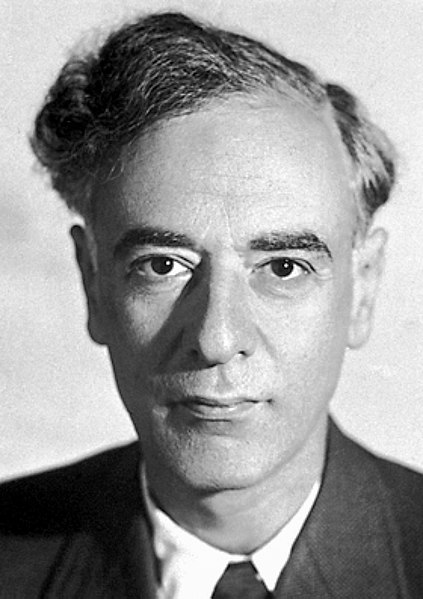
Lev Landau was a theoretical physicist who made substantial contributions to various areas of physics. His work covered topics like quantum mechanics, superfluidity, and condensed matter physics. He is considered one of the greatest theoretical physicists of the 20th century.
Landau made significant advancements in the field of superfluidity, which is the behavior of certain liquids that flow without any viscosity at extremely low temperatures. He developed the theory of Landau-Lifshitz, a fundamental work in condensed matter physics.
His contributions to quantum mechanics include the Landau-Lifshitz series of textbooks, which are widely used by students and researchers in theoretical physics. These books have had a lasting impact on the education of physicists worldwide.
Lev Landau received numerous awards for his work, including the Nobel Prize in Physics in 1962 for his development of a theory of superfluidity in helium-4. His insights continue to influence the field of theoretical physics to this day.
6. Konstantin Tsiolkovsky (1857-1935)
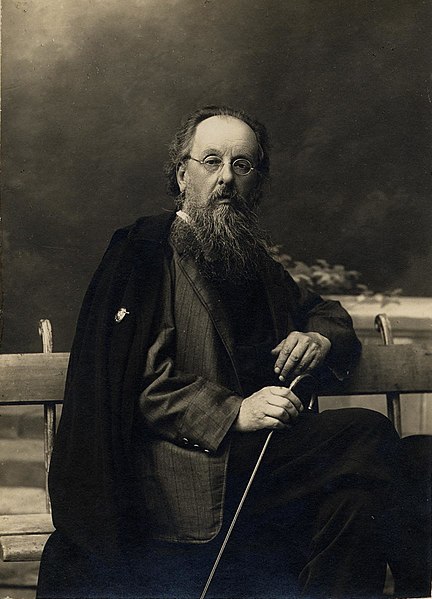
Konstantin Tsiolkovsky is often regarded as the father of astronautics and space exploration. He was a visionary scientist and engineer who laid the theoretical groundwork for rocketry and space travel.
Tsiolkovsky is best known for his work on rocket propulsion and the concept of using multi-stage rockets to achieve space travel. He developed the famous rocket equation, which describes the physics of rocket motion and remains a fundamental equation in astronautics.
His most famous work, “Exploration of Outer Space by Means of Rocket Devices,” published in 1903, outlined the principles of rocketry and space exploration. He believed in the possibility of humans traveling to other planets and laid the foundation for modern space science and technology.
While Tsiolkovsky’s ideas were not initially widely recognized in his lifetime, his visionary work became influential in the development of the Soviet space program and, later, space exploration worldwide. His legacy continues to inspire future generations of scientists and engineers in the field of space science and technology.
7. Aleksandr Lodygin (1847-1923)

Aleksandr Lodygin was an inventor and electrical engineer known for his pioneering work in the development of incandescent light bulbs. His contributions to early electrical technology were significant.
Lodygin’s work on incandescent light bulbs involved experimenting with different materials for filaments and improving the design of the bulb. His efforts helped advance the technology of electric lighting, contributing to its widespread adoption.
He holds patents for several inventions related to electric lamps and incandescent bulbs, and his work played a part in the development of electric lighting systems that would eventually replace gas lighting.
8. Georgy Gause (1910-1986)
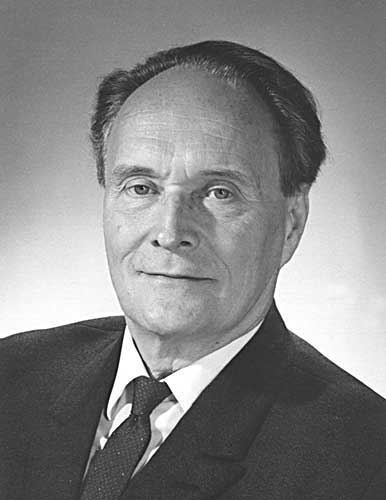
Georgy Gause was a Soviet biologist known for his research on competition and interactions among microorganisms. His work had a significant impact on microbial ecology and our understanding of how different species compete for resources.
Gause conducted experiments with microorganisms, such as bacteria and protozoa, to study their interactions in various ecological niches. He formulated the principle known as “Gause’s Law,” which states that two species with similar ecological niches cannot coexist indefinitely in the same habitat.
His research contributed to our understanding of population dynamics, resource utilization, and competition among microorganisms, which has broader implications for understanding ecosystems and biodiversity.
9. Sofia Kovalevskaya (1850-1891)
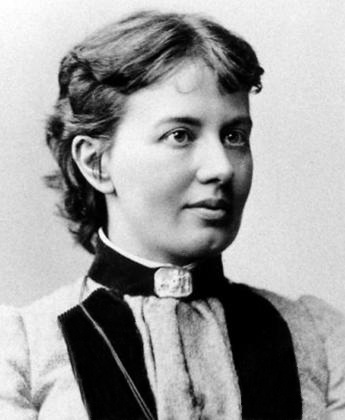
Sofia Kovalevskaya was a remarkable mathematician who made significant contributions to the fields of partial differential equations and analytical mechanics. She faced significant gender-related challenges but overcame them to pursue her passion for mathematics.
Kovalevskaya was the first woman in modern Europe to obtain a Ph.D. in mathematics. Her pioneering research included work on the theory of partial differential equations and the study of the rotation of rigid bodies. Her dissertation on the subject of Abelian integrals remains influential.
She made important contributions to the field of celestial mechanics, specifically the problem of the motion of a rigid body about a fixed point. Her insights into the dynamics of rotating bodies have applications in astronomy and physics.
Kovalevskaya’s achievements opened doors for women in mathematics and science and served as an inspiration for future generations of female mathematicians.
10. Nikolai Lobachevsky (1792-1856)

Nikolai Lobachevsky was a mathematician known for his groundbreaking work in non-Euclidean geometry. He challenged the traditional Euclidean geometry, which had been dominant for centuries.
Lobachevsky developed a new geometry, which came to be known as hyperbolic geometry. In this geometry, the parallel postulate of Euclidean geometry was replaced with a different postulate, resulting in a geometry where the sum of the angles of a triangle is less than 180 degrees.
His work laid the foundation for non-Euclidean geometries, and it had profound implications for the development of modern geometry and its applications in fields like physics, particularly Albert Einstein’s theory of relativity.
Lobachevsky’s contributions to geometry revolutionized our understanding of space and paved the way for the development of different geometrical systems beyond Euclidean geometry, expanding the possibilities for mathematical exploration and scientific inquiry.
